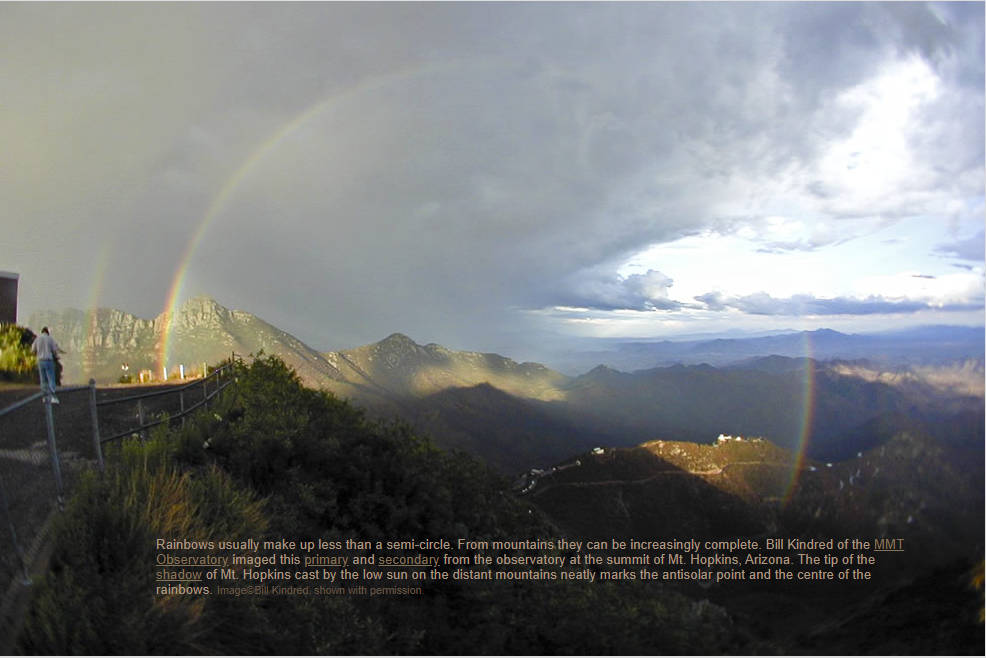Rainbow image
Rainbow Image: A Spectacular Natural Phenomenon
Rainbows are one of nature's most enchanting spectacles. These beautiful arcs of colors appear in the sky when sunlight interacts with water droplets in the atmosphere. While most rainbows make up less than a semi-circle, there are instances where they can be more complete, such as when viewed from mountains or high altitudes. In this article, we will delve into the mesmerizing world of rainbow images, exploring their formation, characteristics, and the fascinating details they reveal.
Capturing the Perfect Rainbow Image
Photographing rainbows can be a challenging yet rewarding endeavor. To capture a stunning rainbow image, several factors come into play, including the angle of sunlight, the presence of water droplets, and the position of the observer. Professional photographers and weather enthusiasts often venture to scenic locations with optimal conditions to capture the perfect shot.
One such example is the image captured by Bill Kindred of the MMT Observatory atop Mt. Hopkins, Arizona. This awe-inspiring photograph showcases both the primary and secondary rainbows, with the tip of Mt. Hopkins' shadow marking the antisolar point and the center of the rainbows. It serves as a testament to the beauty and precision of nature's artistry.
The Anatomy of a Rainbow
Rainbows are formed through a complex interplay of sunlight and water droplets in the atmosphere. When sunlight passes through these droplets, it undergoes refraction, which causes it to bend and disperse into its constituent colors. The process of refraction separates the white light into a continuous spectrum of colors, creating the iconic arc shape we associate with rainbows.
The primary rainbow is the most commonly observed and appears as a semicircular band of colors. The colors within the primary rainbow are arranged in a specific order, with red on the outer edge and violet on the inner edge. Above the primary rainbow, a secondary rainbow may sometimes be visible. The secondary rainbow is fainter and has the colors arranged in the opposite order, with violet on the outer edge and red on the inner edge.
The Antisolar Point: A Key Element in Rainbow Images
To fully appreciate the intricacies of a rainbow image, it is essential to understand the concept of the antisolar point. The antisolar point is the point directly opposite the sun from the observer's perspective. It is the point where the shadow cast by an object, such as a mountain or a building, intersects with the center of the rainbow.
In the image captured by Bill Kindred, the tip of Mt. Hopkins' shadow serves as a precise marker for the antisolar point. This alignment creates a striking visual effect, as the shadow and the rainbow converge at a single focal point. Such a phenomenon adds depth and dimension to the rainbow image, enhancing its overall beauty and appeal.
The Influence of Atmospheric Conditions on Rainbow Images
The quality and intensity of a rainbow image are greatly influenced by atmospheric conditions. The size of the water droplets, their distribution, and the angle of sunlight all play significant roles in determining the appearance of a rainbow. Various factors, such as rain showers, mist, or even waterfalls, can contribute to the formation of rainbows and impact their visual characteristics.
Moreover, atmospheric phenomena like fogbows and supernumerary rainbows can also make an appearance in rainbow images, adding further intrigue to these natural wonders. A fogbow, for instance, is a colorless or pale rainbow that forms when light interacts with tiny water droplets in foggy conditions. Supernumerary rainbows are additional, fainter rainbows that appear inside the primary rainbow and are caused by interference between light waves.
The Artistry and Awe of Rainbow Images
Rainbow images serve as visual reminders of the awe-inspiring beauty found in nature. They capture the ethereal essence of light and water, showcasing the seamless dance between science and art. Each rainbow image is unique, reflecting the specific atmospheric conditions, the observer's vantage point, and the interplay of sunlight and water droplets.
Photographers and nature enthusiasts continue to explore and capture the breathtaking moments when rainbows grace the sky. These images not only bring joy and wonder to those who view them but also deepen our understanding of the intricate mechanisms that shape our natural world.
In conclusion, rainbow images are more than just photographs; they are windows into the enchanting world of atmospheric optics. Through their vibrant colors and graceful arcs, they reveal the hidden beauty of sunlight and water droplets in perfect harmony. So, the next time you catch a glimpse of a rainbow in the sky, take a moment to appreciate the magic unfolding before your eyes and perhaps even capture your very own rainbow image to share with others.

Rainbows usually make up less than a semi-circle. From mountains they can be increasingly complete. Bill Kindred of the MMT Observatory imaged this primary and secondary from the observatory at the summit of Mt. Hopkins, Arizona. The tip of the shadow of Mt. Hopkins cast by the low sun on the distant mountains neatly marks the antisolar point and the centre of the rainbows. Image©Bill Kindred, shown with permission.
Note: this article has been automatically converted from the old site and may not appear as intended. You can find the original article here.
Reference Atmospheric Optics
If you use any of the definitions, information, or data presented on Atmospheric Optics, please copy the link or reference below to properly credit us as the reference source. Thank you!
-
<a href="https://atoptics.co.uk/blog/rainbow-image/">Rainbow image</a>
-
"Rainbow image". Atmospheric Optics. Accessed on April 23, 2024. https://atoptics.co.uk/blog/rainbow-image/.
-
"Rainbow image". Atmospheric Optics, https://atoptics.co.uk/blog/rainbow-image/. Accessed 23 April, 2024
-
Rainbow image. Atmospheric Optics. Retrieved from https://atoptics.co.uk/blog/rainbow-image/.